Takesada Matsutani at Hauser & Wirth
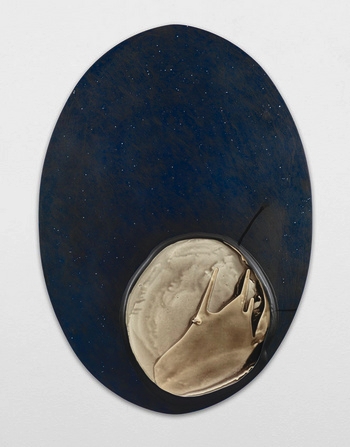
Matsutani is an Osaka-born, Paris-based artist and second generation member of the influential, post-war Japanese Gutai Art Association. Meaning “embodiment”, Gutai was founded in the 50s by a group of Japanese artists who had a fascination with the beauty that arises when things become decayed or damaged, as well as a key focus on originality and letting their materials speak for themselves.
For those that haven’t come across Gutai before, this is something of a pleasant introduction: featuring a series of mixed media and abstract works, there are some brilliant demonstrations of the artist’s use of his signature material, vinyl glue. His method of allowing the glue to drip slowly onto the canvases and then blowing air into it to create bulbous shapes creates sensual, striking pieces. The more successful, however, seem to be his later works where he begins to focus on using graphite, casting the spotlight squarely on the texture created on the canvas.
There are also conceptual works such as Stream, London, Hauser & Wirth, performed during the exhibition’s opening, as well as a version of his large scale signature works: a 10m sheet of paper covered in graphite that has had turpentine launched over it by the artist, infecting the piece with a kind of abrupt energy as the lead is dissolved down the sheet of paper.
This exhibition displaying a hybrid of drawing and sculpture serves as a testament to the surge in interest in Gutai and a reminder of why Matsutani is such an important influence in modern Japanese art.
Emma Marks
Takesada Matsutani: A Matrix is at Hauser & Wirth until 27th July 2013. For further information visit the gallery’s website here.
For further information about Takesda Matsutani visit here.



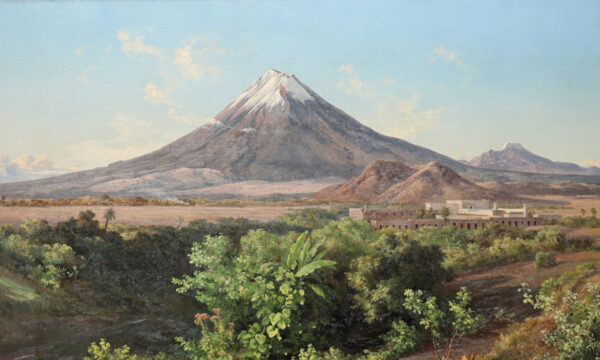
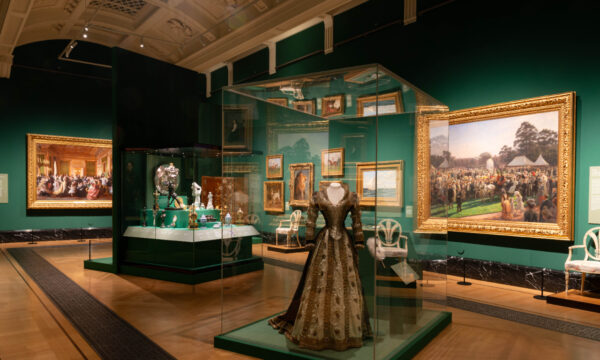
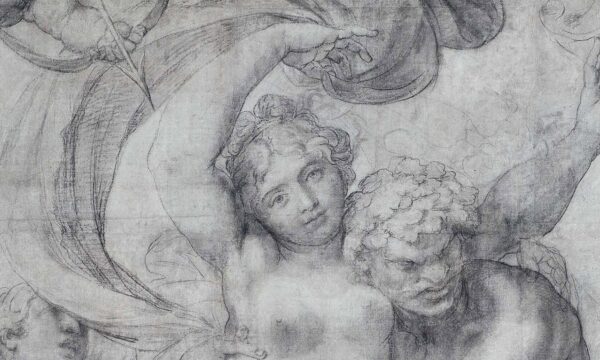
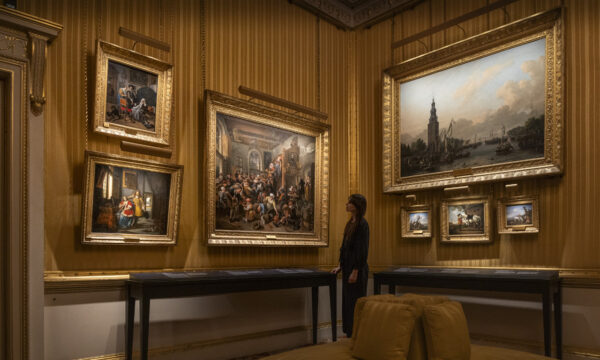
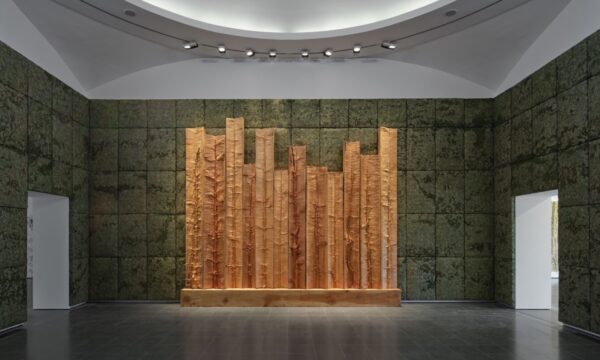















Facebook
Twitter
Instagram
YouTube
RSS